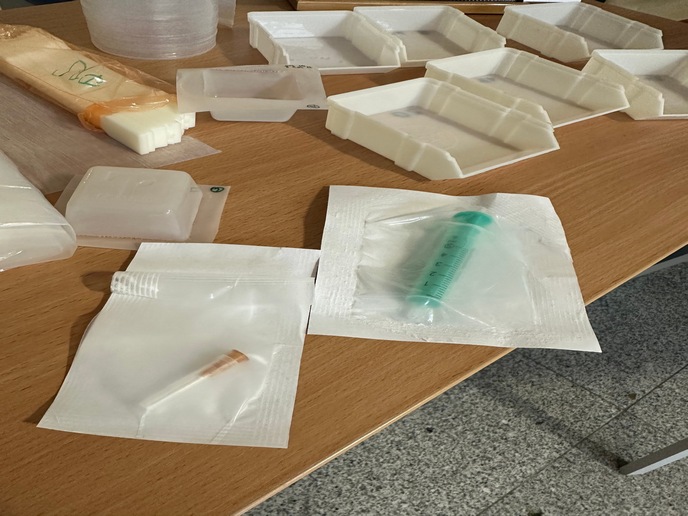Energy-efficient computing, inspired by life
Living systems use complex reaction networks to process vast amounts of information about their environment. Examples include the signalling networks in immune cells and quorum sensing of bacteria. “If we could capture the properties of such networks in synthetic ‘life-like’ materials, we could construct molecular information processing systems that are very different from the computers that we know today,” says Wilhelm Huck(opens in new window), a professor at Radboud University Nijmegen(opens in new window). With the support of the EU-funded Life-Inspired project, Huck set out to do exactly that.
From competition to complex networks
Using in chemico reservoir computing, the European Research Council(opens in new window) supported project looked to exploit the inherent dynamics and non-linearities of chemical reactions. “We demonstrated how one can leverage the competition between molecules for a shared resource, in this case an enzyme, to build complex networks suitable for in chemico reservoir computing,” notes Huck. Reservoir computing is a computational framework that utilises a dynamic, high-dimensional system (the reservoir) to process input signals. Drawing inspiration from reservoir computing, in chemico reservoir computing uses chemical reaction networks as a ‘reservoir’ to perform computations.
Towards more energy-efficient computing systems
By leveraging the inherent dynamics and complexity of chemical reactions to process information, the project identified a potential path towards more energy-efficient computing systems. “Digital computing, especially when used to train AI models, consumes enormous amounts of energy,” explains Huck. “Our goal was to see if we could develop alternative computing paradigms that are more energy efficient.” In addition to its work on energy-efficient computing, the project also looked at using such computing as a means of deriving new insights into biological processes. “Our molecular approach to computing has the potential to help us better understand how living cells process information,” adds Huck. “In the long run, this could shed light on how diseases interfere with a living system’s ability to process information.” The project also explored how in chemico computing could be used to develop new types of sensors.
Interfacing with both electronic and living systems
With a supporting cast of PhD students and postdocs, the Life-Inspired project turned a simple idea into a rather impressive reservoir computer and sensor. “I hope our work serves as a tipping point from which other researchers can build competition networks and enlist such chemical systems as reservoir computers to find new ways to interface with electronic and living systems alike,” concludes Huck. With an eye on broadening the scope and computational power of the systems developed during the Life-Inspired project, Huck is currently applying for additional funding. He is also putting the final touches on a paper covering some of the project’s results.







